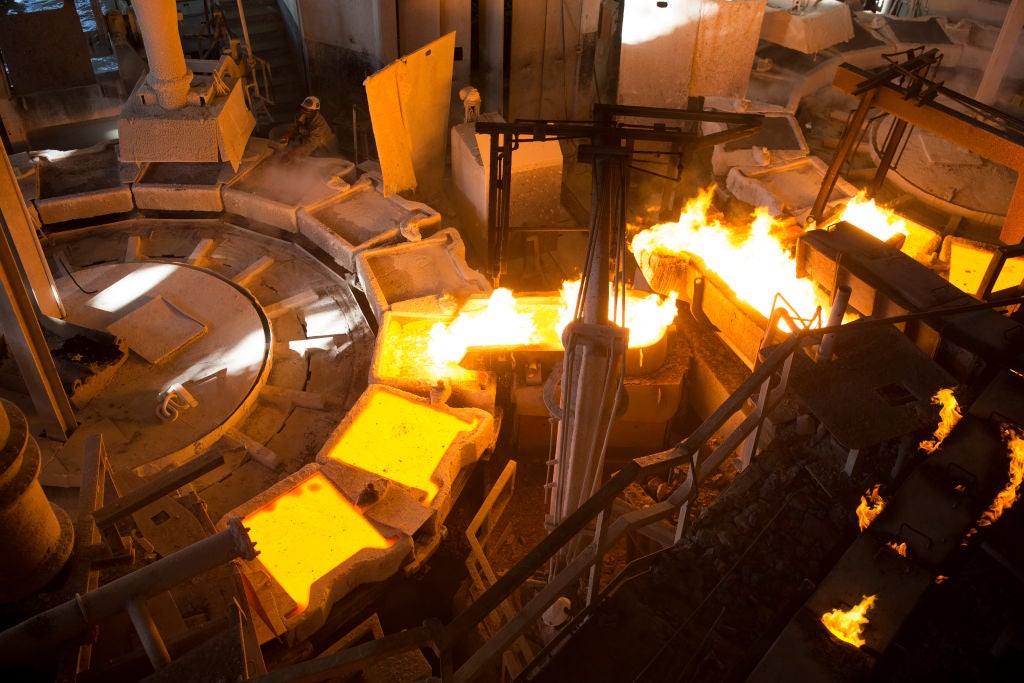The Chambishi Copper Smelter in Zambia, owned by China Nonferrous Metal Mining Corp (CNMC), has cut one-fifth of its production as it grapples with the fallout from power shortages across the country.
Zambia generates most of its electricity from hydropower, but output has taken a hit in recent months as ongoing droughts – the worst the country has seen in at least two decades – force water levels down.
The country’s state-owned power utility, Zesco, has also carried out several major maintenance projects on electrical infrastructure over the past six months. In November, it announced planned power outages as it worked to expand the transmission and distribution network in Zambia’s capital, Lusaka.
Zesco said last week that it would start rationing electrical supply from 11 March, but sources told Reuters that the Chambishi plant had already started reducing capacity as early as last week.
CNMC is reportedly considering installing diesel generators at the facility to ensure power security during times of electrical shortage, the sources added.
The plant produces approximately 250,000 tonnes of copper annually and is one of the biggest processing facilities in the country. Zambia currently stands as Africa’s second-largest copper producer, and last year it was the world’s eighth-biggest producer.
A decline in output at the Chambishi plant echoes a wider decline in Zambia’s copper production as a lack of new investment puts pressure on the sector. Last year, output of the metal slumped to around 698,000t from 763,000t in 2022, according to data from the Zambia Chamber of Mines.
The sources added that some of the country’s smaller producers might also be affected by the power cuts, but the overall impact on the industry is not yet clear.
Zesco is planning to meet with mining companies on Thursday to discuss ways it could "claw back" around 250MW, or 20–25%, of copper supply, managing director Victor Mapani told journalists in Lusaka last week.









